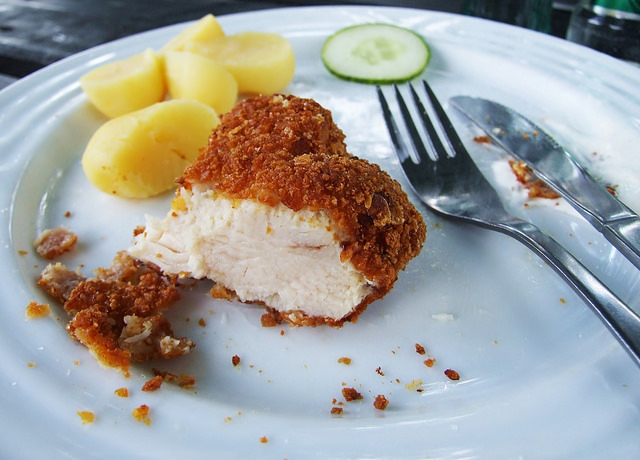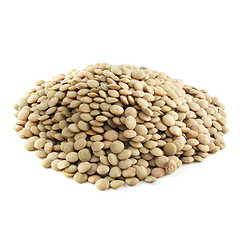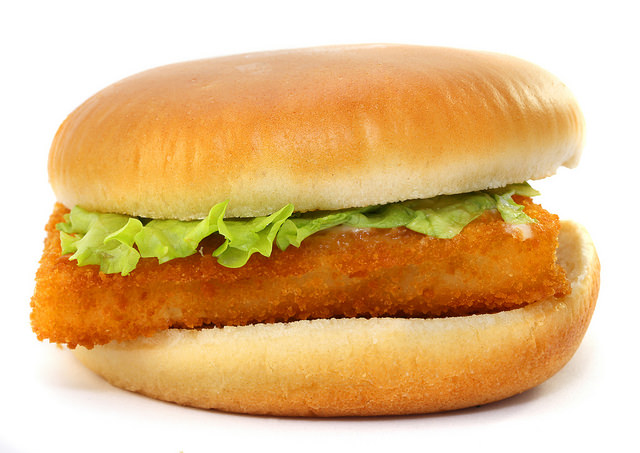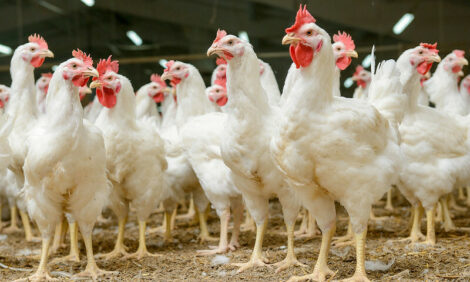



Canada’s Food Production Growing but Wasting More
ANALYSIS - Canada wastes 6 billion kilogrammes of food each year – nearly a third of its total production.A new report, An Overview of the Canadian Agriculture and Agri-Food System 2015, shows that 20.3 per cent of the food lost or wasted is in the home and 9.1 per cent in the retail and food service sectors.
The total loss is in line with the global figures for the amount of food wasted each year.
 Food is lost or wasted at all stages of the agri-food chain and for many reasons ranging from pest and climate issues at the farm level, to infrastructure challenges in the distribution stage to consumer decisions at the household level.
Food is lost or wasted at all stages of the agri-food chain and for many reasons ranging from pest and climate issues at the farm level, to infrastructure challenges in the distribution stage to consumer decisions at the household level.
However, analysis of food loss and waste in Canada, the US and other developed countries shows that most of the food loss and waste occurs in households and in the food retail and service sectors.
The report describes the Canadian agriculture and agri-food system (AAFS) as a complex and integrated supply chain that includes input and service suppliers, primary producers, food and beverage processors, food retailers and wholesalers, and foodservice providers.
And is shows the worth the food supply chain holds to the Canadian economy by generating significant economic benefits at both the national and provincial levels.
In 2013, the agriculture and agri-food system generated C$106.9 billion, accounting for 6.7 per cent of Canada’s GDP.
Of this, the food retail and wholesale industry accounted for the largest share with 1.8 per cent, followed by the food, beverage and tobacco processing industry with 1.7 per cent.
The report says that the performance of the sub-sectors within the agriculture and agri-food system depend on their ability to compete in both domestic and international markets over the long-term.
Canada was the world’s fifth-largest exporter of agriculture and agri-food products after the EU, the U.S., Brazil, and China in 2013.
Canadian export sales grew by 5.5 per cent in 2013 to C$46.0 billion, maintaining the country’s 3.5 per cent share of the total value of world agriculture and agri-food exports.
 It is estimated that approximately half of the value of primary agriculture production in Canada is exported, as either primary commodities or processed food and beverage products.
It is estimated that approximately half of the value of primary agriculture production in Canada is exported, as either primary commodities or processed food and beverage products.
The US remains Canada’s most important agriculture and agri-food export destination accounting for 50.8 per cent of total Canadian exports.
China accounted for 11.2 per cent of Canadian agriculture and agri-food exports and Japan, EU and Mexico accounted for 17.0 per cent combined.
Exports to the US increased by 10.8 per cent in 2013 to C$23.4 billion, while exports to non-US markets grew by 6.0 per cent to C$22.7 billion.
Exports to China, which grew by 84.0 per cent in 2012, continued to climb, by 3.5 per cent in 2013.
With import sales of C$34.3 billion in 2013 – an increase of 6.0 per cent over the previous year – Canada remained the world’s sixth-largest importer, accounting for 2.9 per cent of the total value of world agriculture and agri-food imports.
The US accounted for 61.4 per cent of the value of all Canadian agriculture and agri-food imports.
The report says that Canada is also increasing its spending on research and development in the sector, reaching C$643 million in 2013-2014.
A record harvest and strong prices in the first half of 2013, contributed to the growth in farm receipts.
Cattle receipts have increased for four consecutive years due to strong cattle prices.
Strong pig prices contributed to a 5.8 per cent increase in pig sector receipts in 2013.
Overall, market receipts increased in value by 155.4 per cent between 2003 and 2013, with market receipts from grains and oilseeds more than tripling.
This accounted for the largest share (40.0 per cent) of the total value of all farm market receipts in 2013.
 However, the share of market receipts from red meat production is falling having dropped from 29 per cent in 2003 to 21 per cent in 2013.
However, the share of market receipts from red meat production is falling having dropped from 29 per cent in 2003 to 21 per cent in 2013.
Net cash income among Canadian farms in 2013 was $C12.9 billion – 27.9 per cent above the 2008-2012 average. The net value added in agriculture was C$16.2 billion in 2012 – 30.0 per cent higher than the 2007-2011 average.
The report warns that agriculture producers are continuing to see rising operating costs, with costs increasing by over 40 per cent between 2003 and 2013.
The food and drink processing industry is the largest of all manufacturing industries in Canada, accounting for the largest share (16.0 per cent) of the total manufacturing sector’s GDP in 2013. It also accounted for the largest share (16.7 per cent) of jobs in the manufacturing sector.
The food and beverage processing industry produces goods using both primary and processed products as inputs, about 38 per cent of primary agricultural products produced in Canada is used as raw material inputs by the food processing industry.
The report says that the food and beverage processing industry is still growing with the value of its shipments more than doubling between 1992 and 2013 to C$98.8 billion.
More than half of the total value of food processing shipments come from the meat, dairy, grains and oil seed industries.
Consumer spending on food reached C$189.1 billion in 2013, representing the second-largest household expenditure category, after housing.
The report says that real spending on food and non-alcoholic beverages rose by 2.1 per cent in 2013 partly due to a slight increase in retail food price inflation in Canada.
The share of household expenditures on food has decreased since 1997 in Canada. In 2012 food accounted for 10.3 per cent and 12.8 per cent of all household expenditures in Canada and the US.








